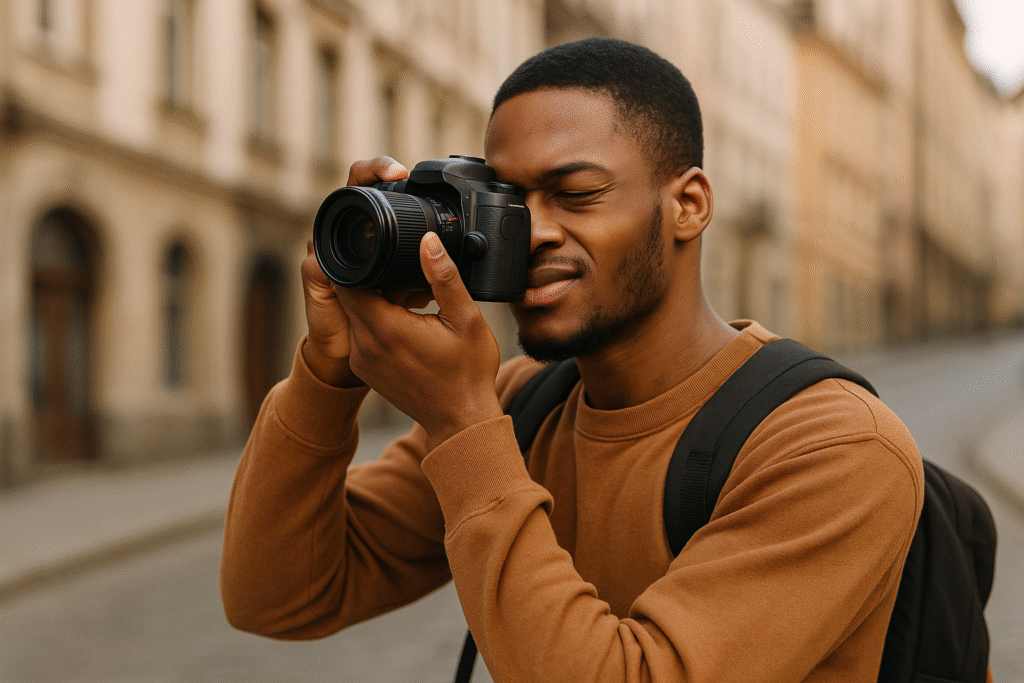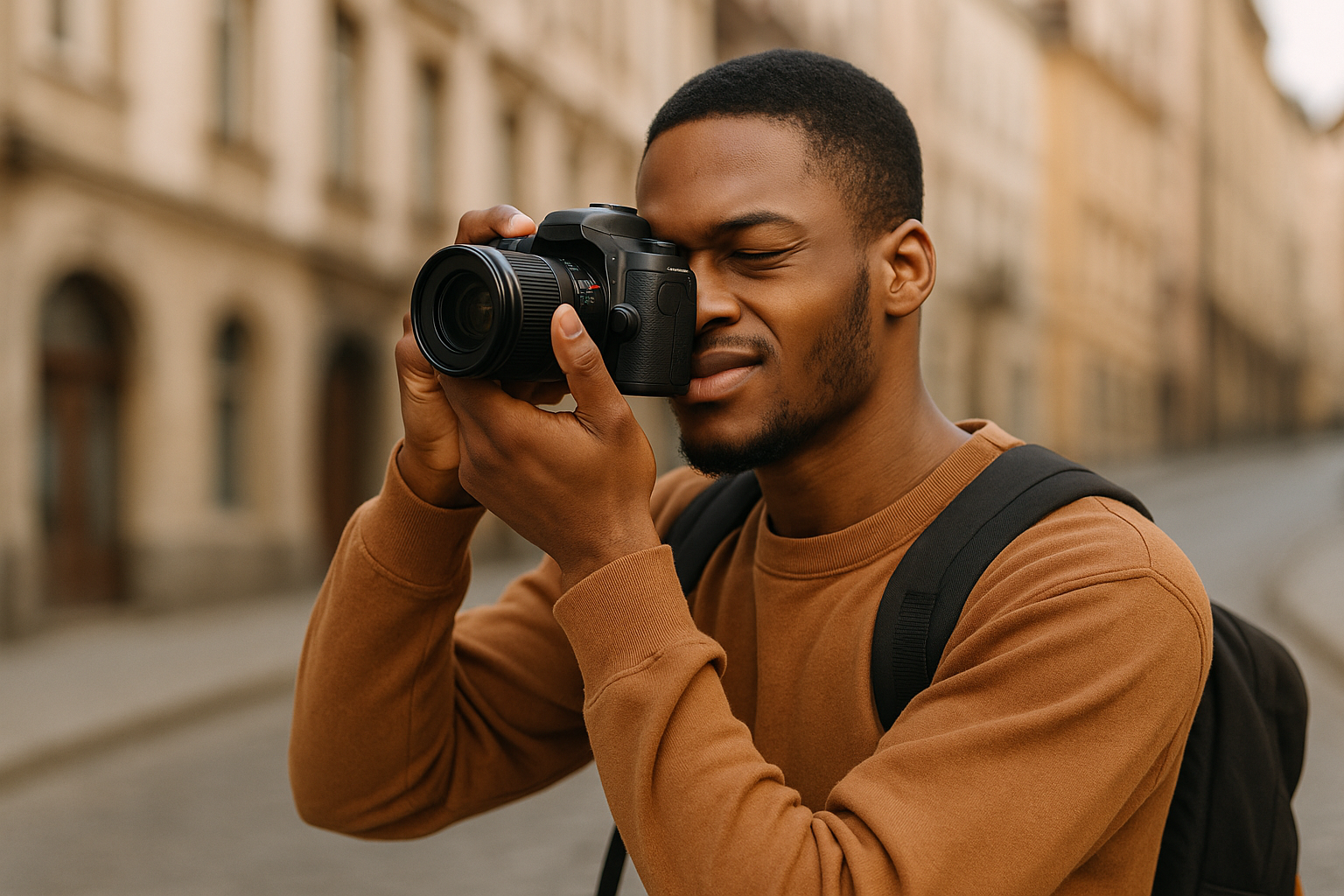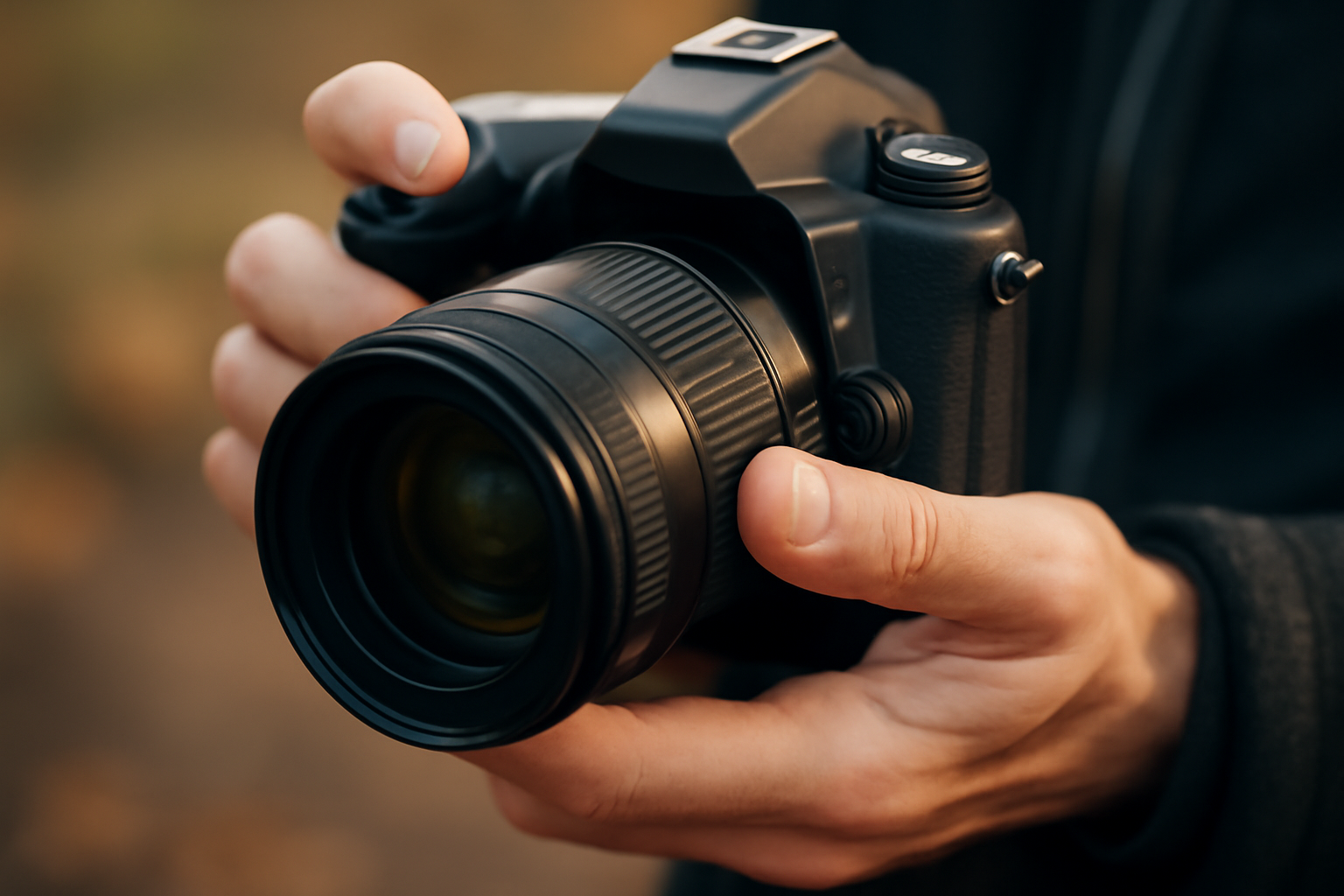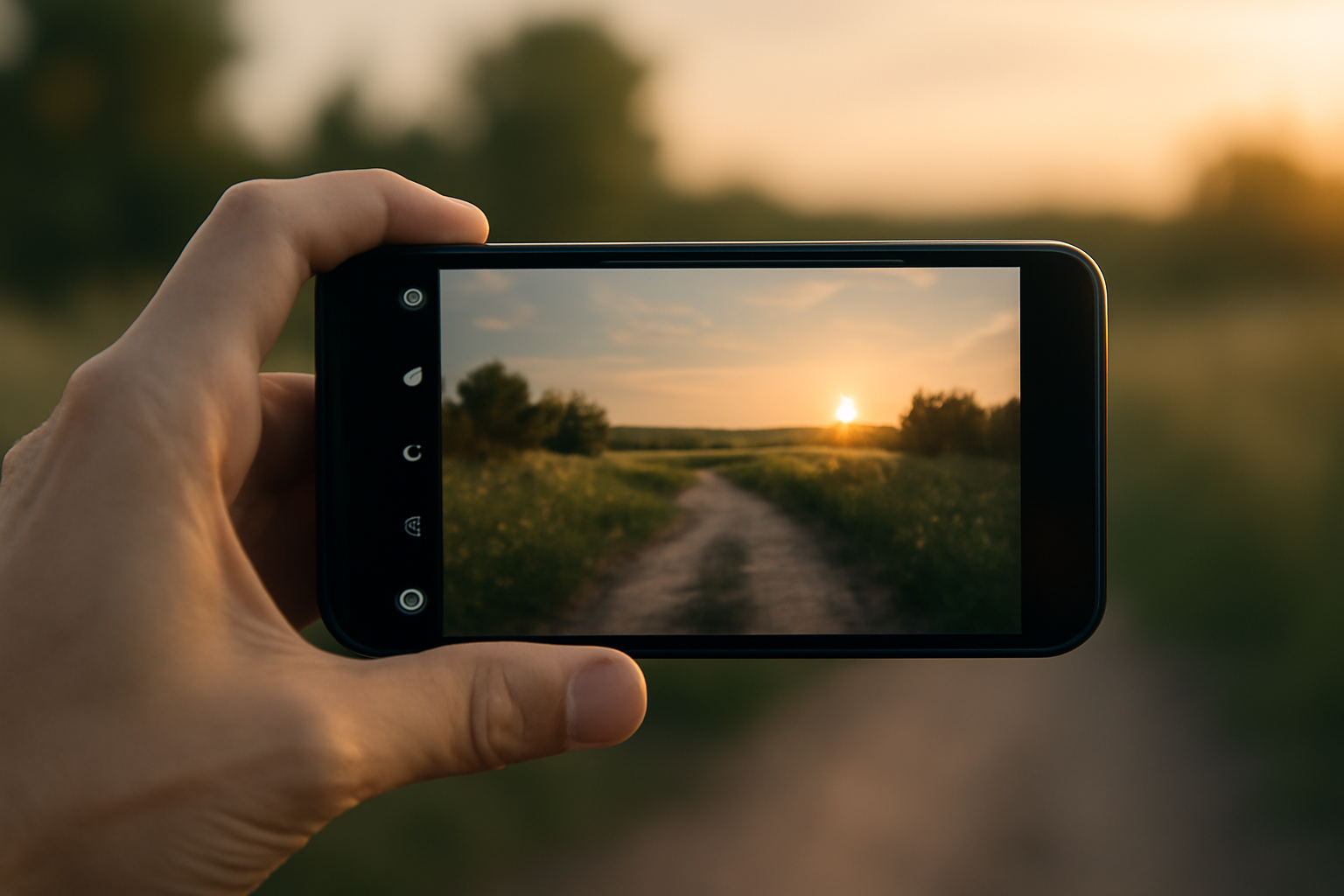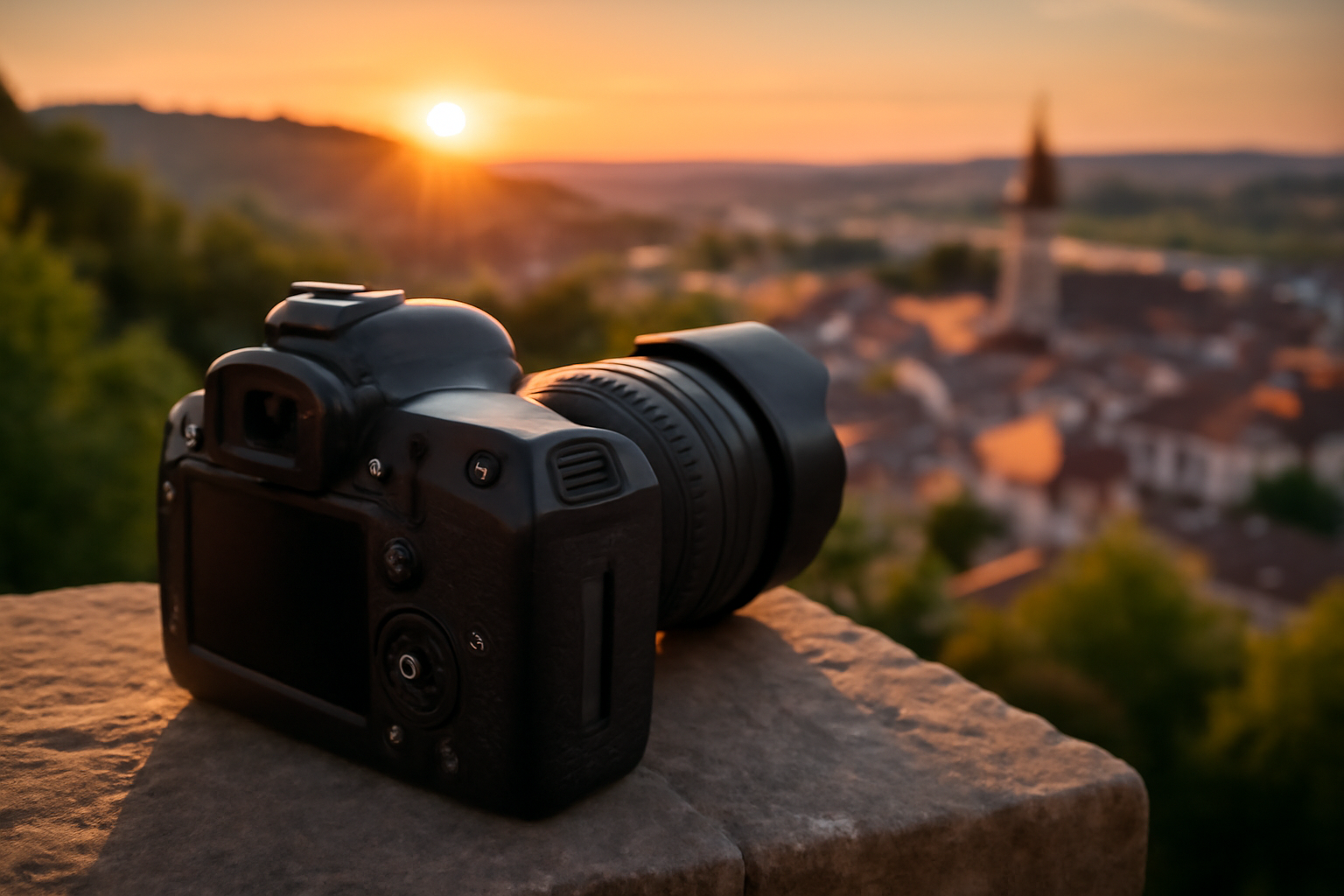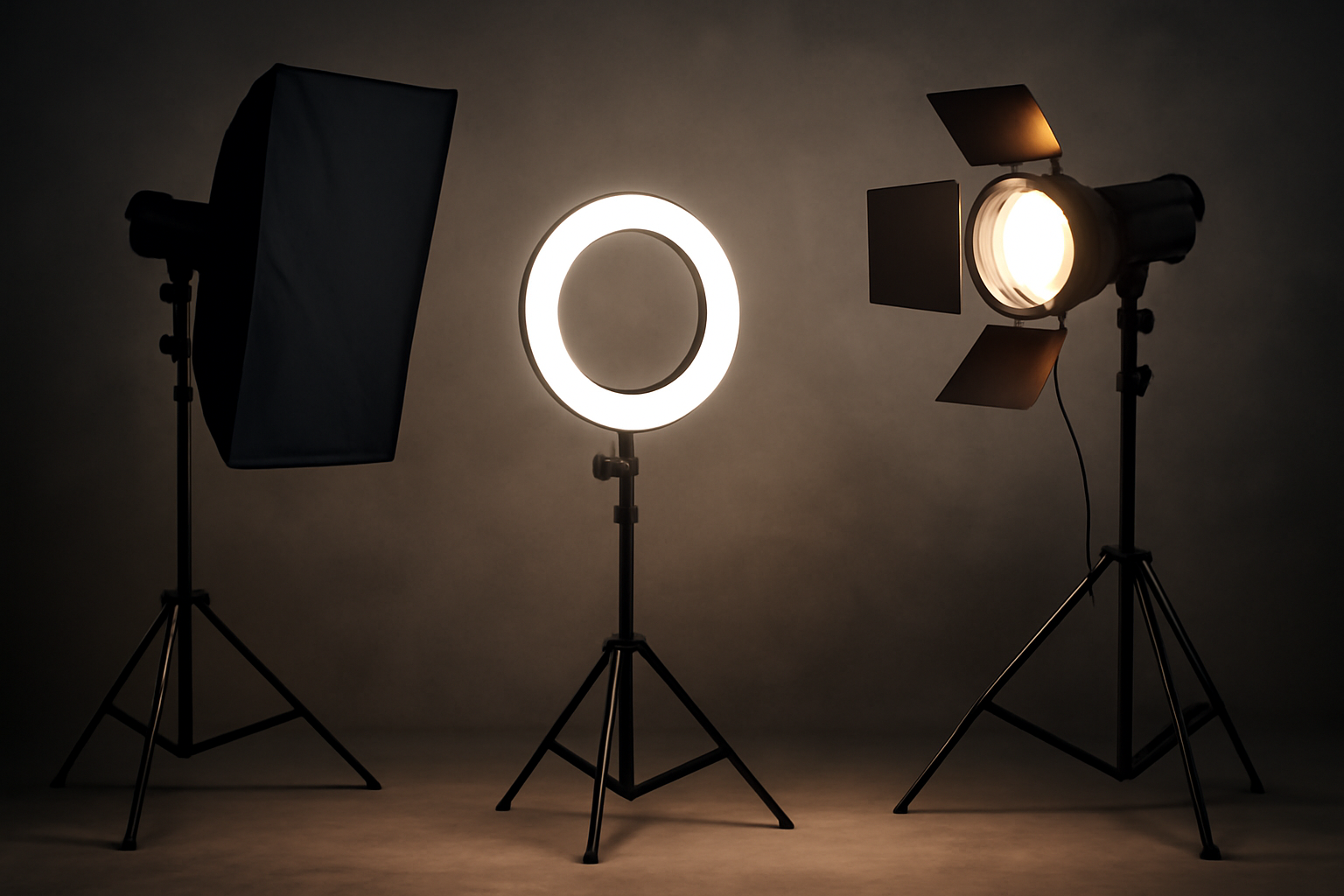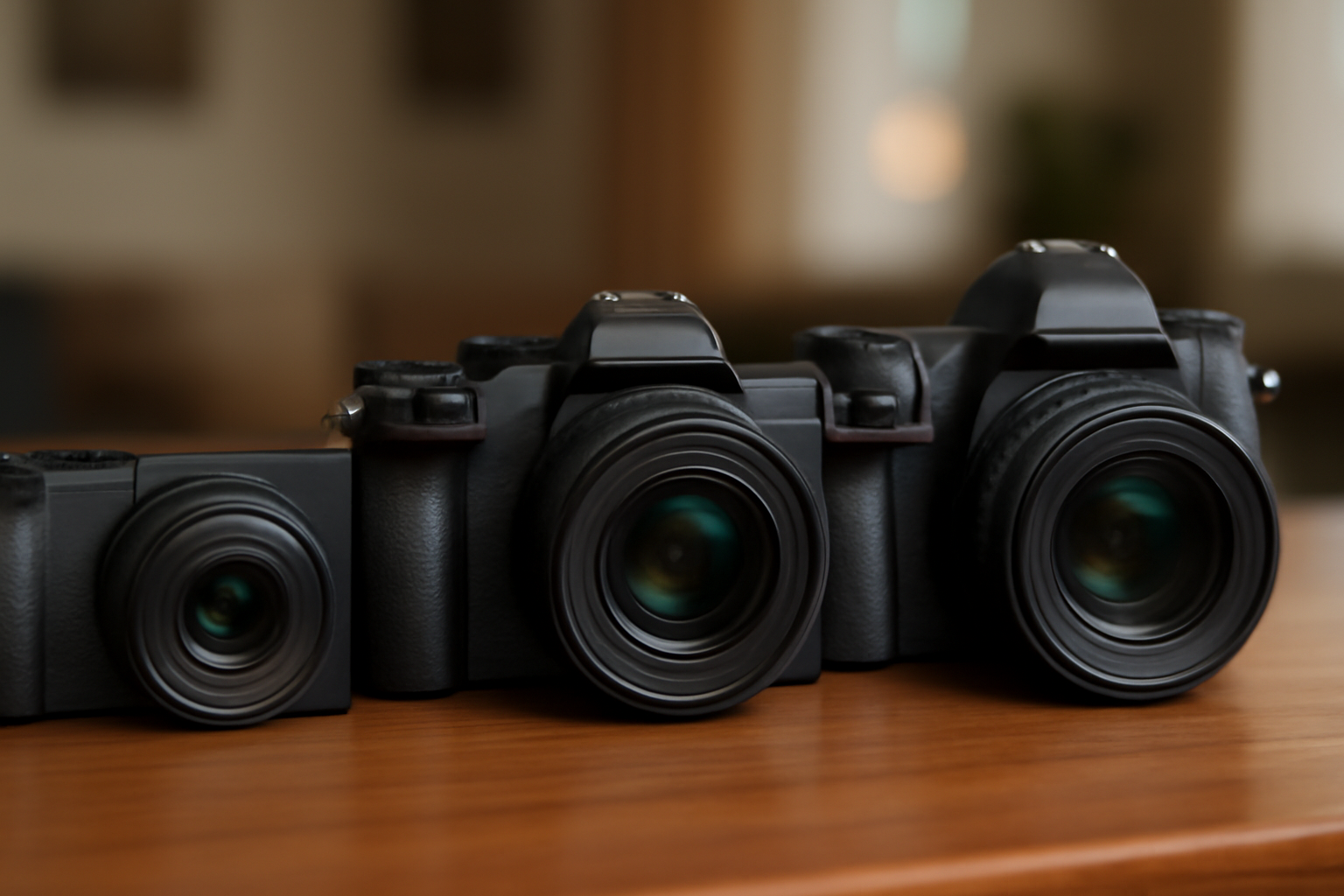In the digital age, where millions of images are shared every day, standing out as a photographer can feel daunting—especially if you’re just starting. But here’s the truth: every great photographer was once a beginner. What sets the memorable ones apart isn’t just technical mastery—it’s identity.
Your photographic identity is the unique way you see the world and express it visually. It’s what makes someone look at an image and think, “That’s definitely theirs.” Developing this voice early on gives your work purpose, cohesion, and meaning.
So, how do you begin to shape that identity? Let’s explore.
Understand That Style Is Discovered, Not Declared
Many new photographers worry about “finding their style” as if it’s a destination. But style isn’t something you choose from a menu—it’s something you grow into by doing the work.
Your style evolves naturally as you shoot, reflect, and refine your approach. It’s a byproduct of your choices:
- What you choose to photograph
- How you compose your images
- How you use light, color, and tone
- How you edit your photos
Don’t rush it. Let your curiosity lead the way. Shoot often, experiment freely, and patterns will emerge.
Think of your early years as a sandbox—play, explore, and let your instincts guide you. Give yourself permission to make “bad” photos. They’re part of the journey.
Get Comfortable With Your Gear
Your camera is your instrument. Knowing how it works empowers you to translate your vision with confidence.
- Learn the exposure triangle (aperture, shutter speed, ISO).
- Practice manual mode to understand light.
- Explore focus modes, metering, and white balance.
- Customize buttons for faster handling.
The more fluent you are with your gear, the more naturally you can create without interruption.
Whether you’re using a DSLR, mirrorless, or smartphone, mastery begins with consistency.
Remember: great photos are made by photographers, not by cameras.
Spend time with your camera every week—even if it’s just five minutes experimenting with settings indoors.
Shoot What Moves You
Your identity begins with what you care about. Ask yourself:
- What am I naturally drawn to?
- What kinds of scenes make me pause?
- What emotions do I want to evoke?
Maybe it’s street moments, natural light, travel scenes, faces, or quiet landscapes. Follow that pull. It will become a compass for your vision.
Don’t chase trends—chase what stirs you.
Photographing what matters to you adds authenticity and emotional depth to your images.
Your subject matter doesn’t have to be exotic—sometimes the everyday holds the most powerful stories.
Even mundane locations can come alive through your perspective. That’s where identity forms—in the details.
Study Photography—But With Intention
There’s immense value in studying others’ work. Look at the greats, both past and present:
- Dorothea Lange
- Steve McCurry
- Vivian Maier
- Sebastiao Salgado
- Annie Leibovitz
Ask: What draws you to their photos? Is it their use of light, subject matter, or mood?
But don’t just copy—understand. Learn why their choices work, then apply those insights to your own context.
Also explore different genres: architecture, portraiture, documentary, travel, abstract. Each teaches a different visual language.
Build a folder of your favorite images and revisit it monthly to see what patterns emerge.
Analyze what resonates emotionally. That connection is often the key to developing your voice.
Create Consistently
You can’t develop a voice if you only shoot occasionally. Make photography part of your routine:
- Start a 365 or 52-week photo challenge
- Document your neighborhood
- Capture your morning ritual
- Photograph the same object in different light
Consistency builds both skill and self-awareness. Over time, you’ll start to notice what feels most “you.”
Think of every image as a sentence. The more you write, the clearer your language becomes.
Even if you don’t share daily, aim to shoot regularly. Repetition creates fluency.
The more you photograph, the more intuitive your decisions become.
Embrace Editing as Creative Expression
Post-processing isn’t just about fixing—it’s about finishing. It’s where your creative fingerprint comes alive.
- Do you prefer high contrast or soft tones?
- Warm, nostalgic colors or cool cinematic tones?
- Minimalist black and white or rich, textured edits?
Explore tools like Lightroom, Capture One, or mobile apps like VSCO. Develop presets that match your style.
Use editing to emphasize mood and emotion, not just accuracy. Over time, your editing voice will become a signature.
Re-edit older images with new skills to track how your taste has evolved.
Editing can be where the emotional message becomes most clear.
Share With Purpose
Posting online can be powerful—but do it with intention. Don’t just post for likes. Instead:
- Curate your images thoughtfully
- Write captions that reflect your process or feelings
- Group similar images into stories or series
Instagram, blogs, and online galleries are platforms to express—not just impress.
As you share more of your authentic self, your audience will connect more deeply.
Feedback is helpful, but don’t let it shape your vision. Trust your gut.
Use platforms like Exposure, Behance, or even print zines to give your projects a home beyond social media.
Build a small website or online portfolio early—it helps shape how you see your work.
Reflect and Revisit
One of the most overlooked tools in identity development is reflection.
- Revisit old photos—what do you notice now?
- What themes keep appearing in your work?
- Which photos feel most you?
Keep a journal or notes about your shoots. Record what you liked, what you struggled with, and what you’d do differently.
Growth isn’t always linear—but when you look back, you’ll see how far you’ve come.
Consider printing your work—it forces a different level of reflection and appreciation.
Rewriting captions and reorganizing galleries is a form of reflection, too.
Explore Self-Portraits
Self-portraiture is a powerful way to explore your visual language and emotional depth.
- Experiment with lighting and mood
- Explore vulnerability or playfulness
- Tell a story about your life, space, or culture
These exercises not only build technical skill, but also deepen your self-awareness as an artist.
Photographing yourself helps you develop empathy and creativity—two key ingredients in identity.
Set a recurring reminder to create a self-portrait series, evolving with your journey.
Your presence in your work, even subtly, can enrich your storytelling.
Create Personal Projects
A personal project gives your work direction and depth. Choose a theme, subject, or question and explore it over time.
Ideas:
- “Morning in my city”
- “Faces of strangers”
- “Empty places”
- “Colors of home”
Personal projects help you practice consistency, storytelling, and reflection. They become the threads of your identity.
Publishing or printing your project—even just for yourself—gives it meaning and closure.
Pitch personal projects to local galleries, blogs, or community events—they love authentic stories.
A series of 10 images can sometimes say more than a single masterpiece.
Connect With Community
Photography can be solitary, but community nurtures growth.
- Join local photo walks or online forums
- Participate in group challenges
- Follow and support other beginners
- Share knowledge and feedback
Seeing how others approach similar scenes can open your eyes to new possibilities. You’ll grow faster with others beside you.
Community also helps you normalize struggles and celebrate small wins.
Mentorship, even informal, can accelerate your identity development.
And feedback from peers can shine a light on things you don’t notice in your own work.
Let Your Background Influence You
Your identity isn’t just about photography—it’s about you.
- Where are you from?
- What experiences shaped you?
- What do you value or believe?
Your culture, history, and worldview can inspire visual stories that only you can tell.
Lean into those roots. They are your superpower—not your limitation.
Photography becomes richer when it’s personal.
Let your upbringing, language, and neighborhood inform your storytelling.
Explore your environment as if you were a traveler—it reveals how unique your normal can be.
Accept Evolution
Your identity will change. That’s a good thing. Growth means your taste, voice, and vision evolve.
You might fall in love with a genre you once avoided. Or edit differently than last year. Embrace it.
Stay flexible and curious. Let go of perfection and embrace the process.
Photography is a lifelong journey of becoming.
Keep an archive of your best work each year—it’s a visual diary of your artistic evolution.
The photographer you are today is just one version of who you’re becoming.
Don’t Compare—Be Inspired
Comparison is the thief of creativity. Instead of measuring yourself against others, use their work to fuel inspiration.
- What can you learn from their process?
- How would you approach a similar subject differently?
Celebrate the fact that your journey is yours. Every image you create is a step forward.
Growth isn’t a race—it’s a rhythm. Honor your pace.
Use inspiration as fuel, not pressure. Your voice is unique.
When you admire someone’s work, ask why. That insight will guide your next step.
Final Thoughts: Start With Who You Are
You don’t need to wait until you’re “good enough” to have a photographic identity. You already have one—it’s just waiting to be discovered.
Shoot from your heart. Follow your instincts. Tell your truth. That’s how your voice will emerge.
And over time, with practice and reflection, your work will start to look like you.
Because developing your identity as a photographer isn’t about fitting into a box—it’s about creating your own frame.
So pick up your camera, explore your world, and let your story unfold—one photo at a time.
Your lens is not just a tool—it’s a mirror. Let it reflect the most honest, curious, and creative version of you.
Because your identity as a photographer doesn’t come from finding your voice—it comes from using it, again and again, until it’s undeniable.
